KUALA KANGSAR, PERAK
Completion : 1994 (conservation & extension works)
Concept : Moorish Architecture
Many people may not aware that the Ubudiah Mosque which is located in Bukit Chandan, Kuala Kangsar has been renovated from its original design in 1991 with the aim to increase the praying area. Generally, Ubudiah Mosque needs no introduction as its architectural design has placed the mosque on Malaysia maps and travel books. This renovation has obtained consent from His Royal Highness the 34th Sultan of Perak, the Late Sultan Azlan Shah, with 2 conditions; not to demolish the original structure and additional structure/design must not be too prominent from the original design.
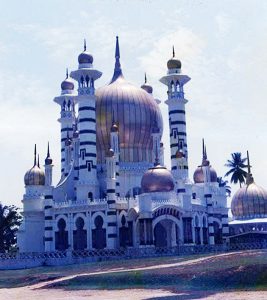

SELECTION OF CONSULTANT
In 1990, Akitek Suria has been appointed by the Perak Public Works Department to perform measured drawings of Ubudiah Mosque since the original drawings of the mosque at that time was missing. Measured drawings were completed within 6 months and handed over to the Perak Public Works Department on October 10th, 1990. The drawings submitted including site plans, floor plans, roof plan, sections, elevations, ceiling plans, detail drawings (towers, doors, windows and the interior decorations). Right after that, the design proposal had been submitted and tendered. Renovation and extension works were completed in 1994.
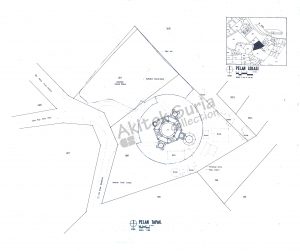

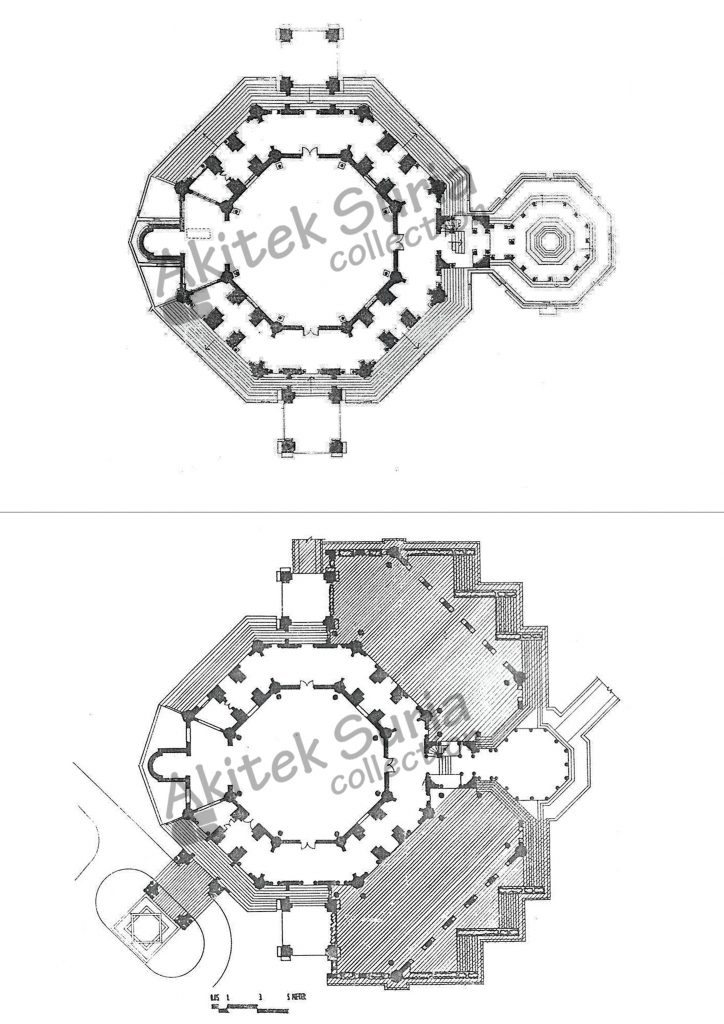

Above : Before Renovation & extension
Below : After renovation & extension
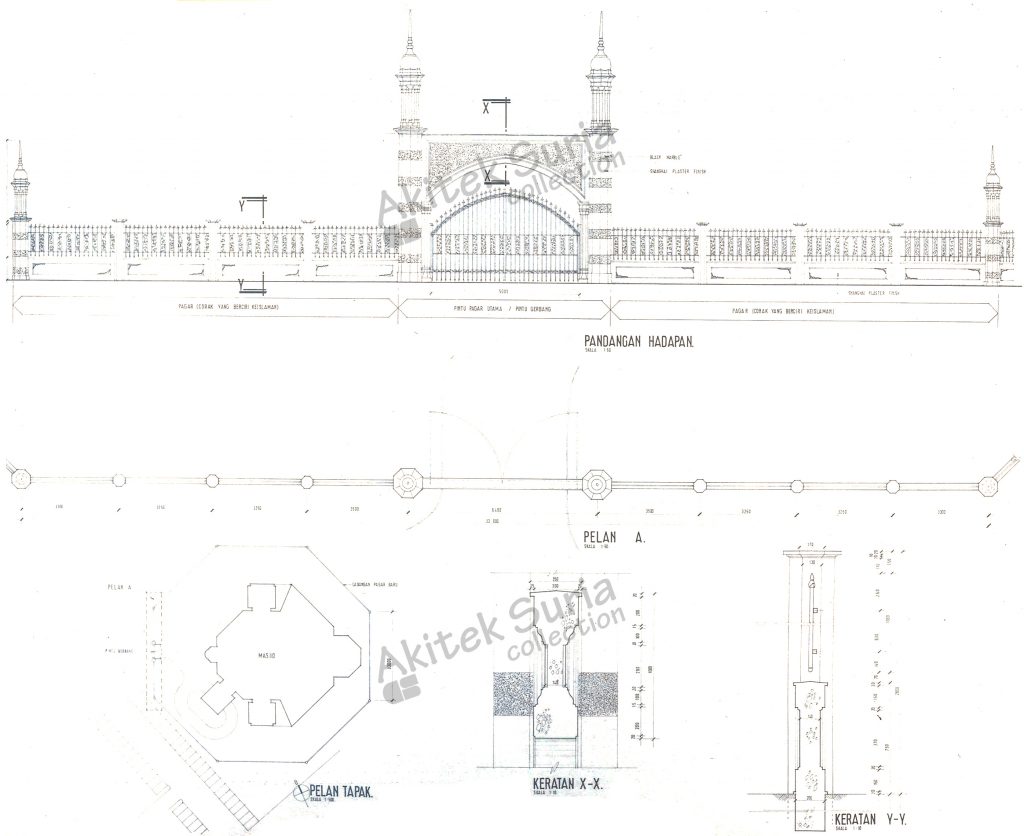
Above : Before Renovation & extension
Below : After renovation & extension
THE ORIGINAL BUILDING IN 1991
The Ubudiah Mosque, located in Bukit Chandan, approximately 3km from Kuala Kangsar town was built in the year 1914. The mosque is known as one of the most beautiful mosques in Malaysia and is the pride of Muslims in Perak, particularly in Kuala Kangsar. It has been told that the Ubudiah Mosque has never undergone any modification and renovation except for the large dome and parts of the small dome which has been replaced with aluminum dome as the original dome made of concrete was broken. The overall area is 3,187 acres (138.826 square feet) and originally, the mosque is gated with hollow concrete fencing that form a circle. The gated area is approximately 50,000 square feet and is surrounded by residential homes and the Royal Tombs.





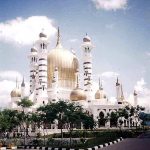
The Ubudiah Mosque is an octagon-shaped building and is linked to the ablution area at the rear building which is also in a form of smaller-sized octagon. In general, the plan was designed symmetrically. There is a large dome that covers the main praying area, next to 5 small domes. The mosque has 4 minarets and 16 turrets. The 4 minarets can be accessed up to the top via stairs and the other 16 turrets are just decorative elements.
The volume of the building, including columns and wall, but excluding ablution area is approximately 7,888 square feet. The main praying area is approximately 3,420 square feet and could accommodate 427 people. The porch, utility room and chamber surrounding the main praying area is about 4,469 square feet. The foyer area could accommodate about 391 people. The ablution area which is located at the rear building has a huge octagonal pond and is connected to the main praying area.
MODIFICATION AND UPGRADING IN 1991
The main objective of the renovation and upgrading is to increase the size of praying area to accommodate more people. With this renovation and upgrading, the mosque is not just as a tourist attraction, but it could also bring benefits to the surrounding community for the purpose of worshipping. In addition, the surrounding area of the mosque has also been improved, mainly the parking facilities and landscaping.
The front area of the mosque which was just an empty land has been turned to 82 parking bays for cars and 30 parking bays for motorcycles. 2 existing road for vehicles to enter the mosque has been changed to just one, only for the Royal vehicles and emergency purpose. By doing this, it creates the area free from any vehicles and less hassle. In order to brighten up the surrounding mosque, yellow flame trees have been planted as the main plants, royal palms for the roadside and carpet grass for ground cover.
Ornamental water feature has been specifically designed at the main entrance of the mosque to give a sense of calmness and openness as people enter. The walkway surrounding the mosque has also been upgraded to concrete slab (2ft x 2ft) to camouflage with the nature. On the left and right of the rear building has also been upgraded to concrete slab and carpet grass in between and it could be used as additional praying areas, especially during Friday prayers and Eid prayers.
To maintain the original architecture, the additional praying areas were built on the left and right on the rear part of the main building. It is an outdoor praying area (557 people) as addition to the existing outdoor praying area (818 people) and is about 4,463 square feet. The existing praying hall could accommodate about 427 people and the existing foyer space could accommodate about 391 people. Overall, the capacity of the entire mosque is now for 1,357 people. The additional design is synchronized with the existing architecture so that the authenticity of the original design can be maintained.


